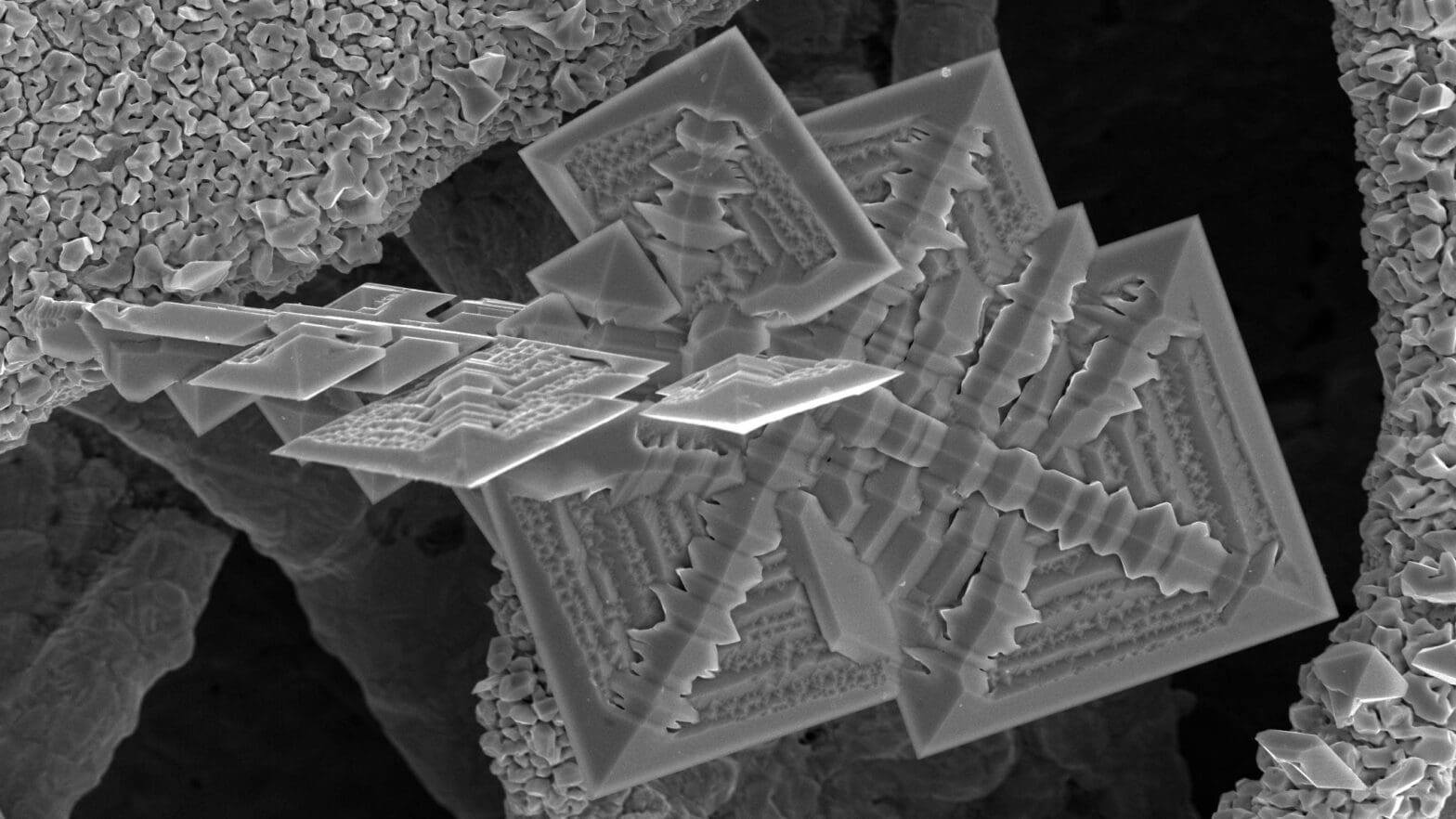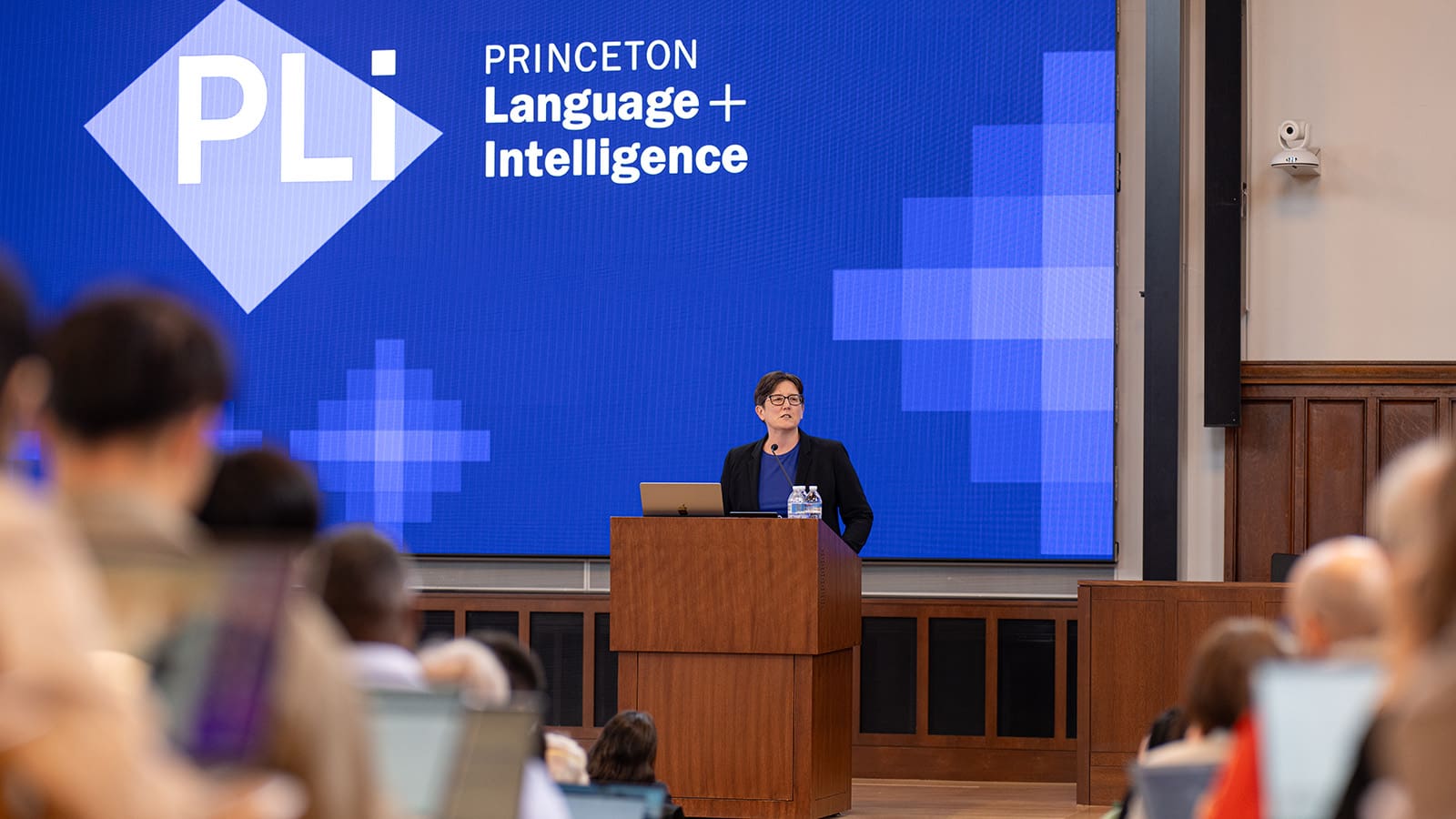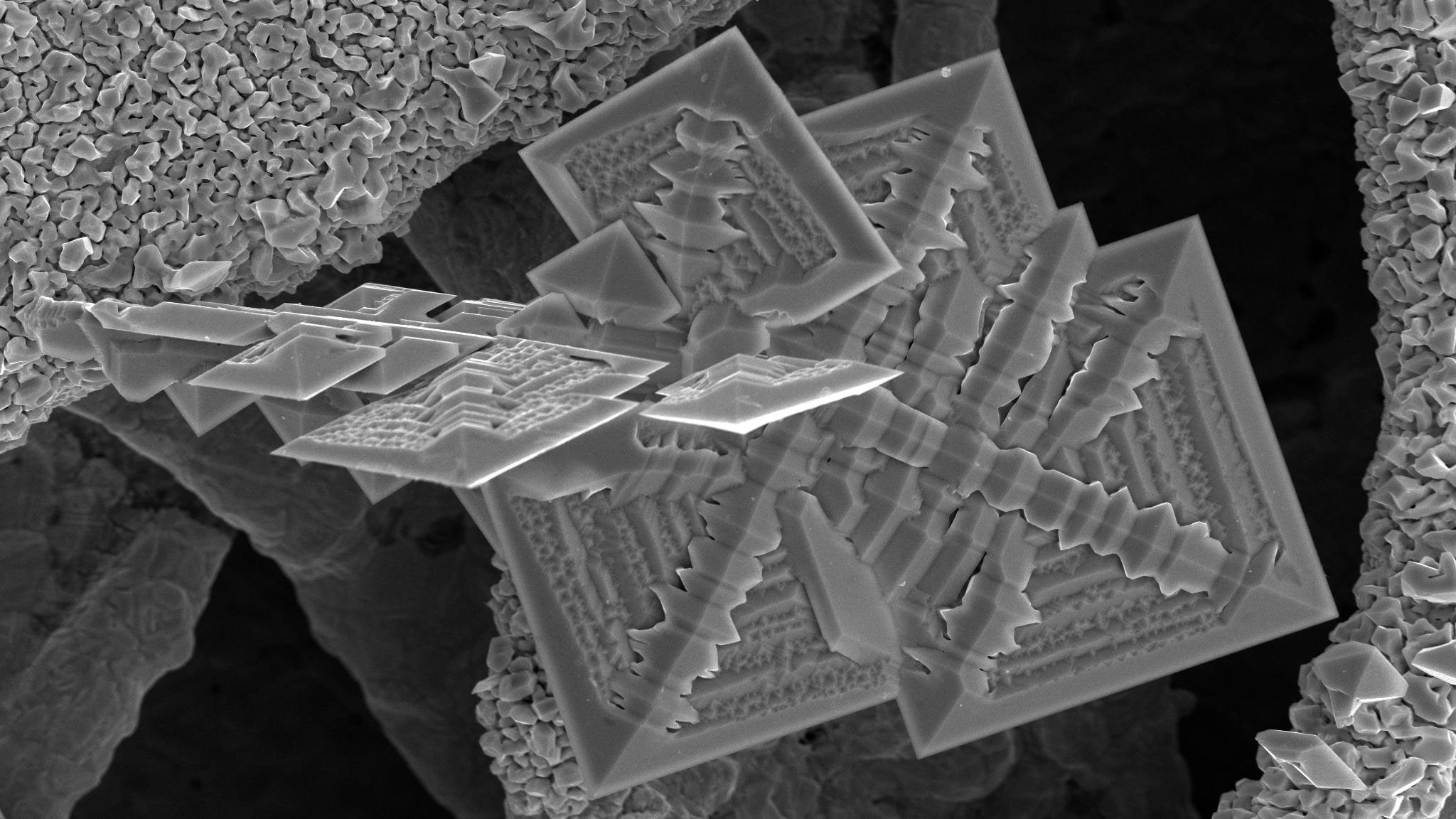


By
on
This article is from the Accelerating Innovation with AI issue of Equad News magazine.
But these attributes can be difficult to assess without making sample crystals in the lab. Now, a Princeton team led by Adji Bousso Dieng has created a method to evaluate crystals’ capabilities without ever creating one. Instead of a materials lab, they are using artificial intelligence.
Dieng, an assistant professor of computer science, deploys large language models to synthesize information from descriptions of previously studied crystals, including details like the length and angles of bonds between atoms and measurements of electronic and optical properties. By leveraging decades of research, the new method could speed up the process of designing and testing new materials for technologies like batteries or semiconductors.
This approach “gives us a whole new way to look at the problem” of designing materials, said Craig Arnold, a co-researcher and a professor of mechanical and aerospace engineering. “It’s really about, how do I access all of this knowledge that humanity has developed, and how do I process that knowledge to move forward?”
This article was adapted from a previously published story.





